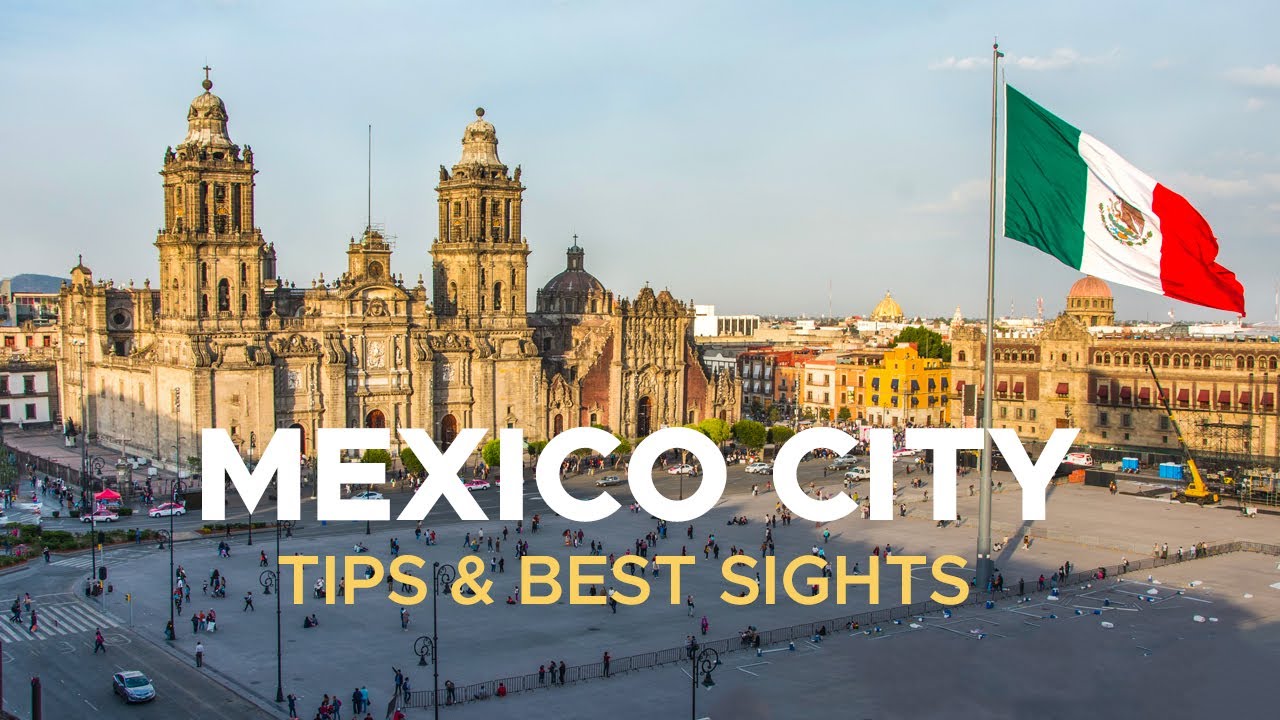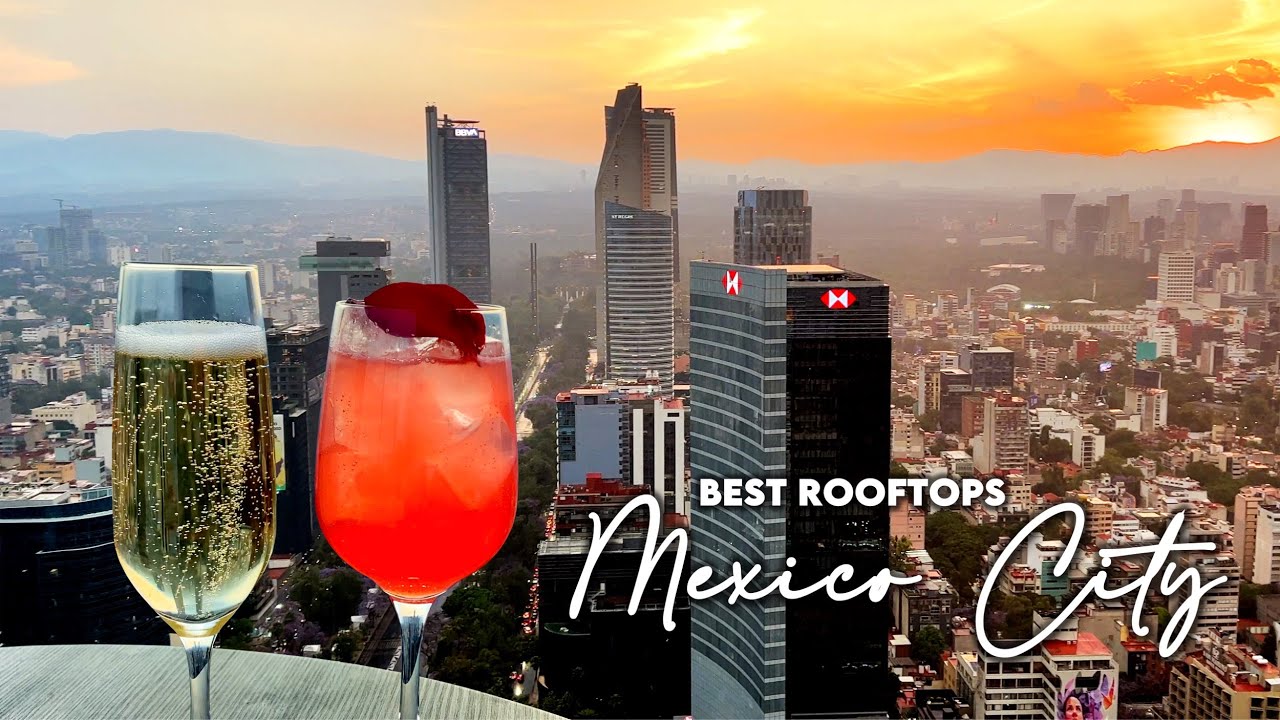Discover the Historic Heart of Mexico City: A Complete Guide
Exploring the historic heart of Mexico City provides an opportunity to immerse yourself in the rich tapestry of history, culture, and architecture that define this bustling metropolis. Known as the Zocalo, this central square, one of the largest in the world, is a vibrant hub of activity, surrounded by iconic structures that tell the tale of Mexico’s past.
The Zocalo and Surrounding Attractions
The Zocalo is the main square in Mexico City, also known as Plaza de la Constitución. This square is not only a historic site but also a place where you can experience the city’s vibrant culture. Flanked by the majestic Metropolitan Cathedral and the Palacio Nacional, it’s a site of significant architectural and historical importance. The cathedral, an impressive amalgamation of different architectural styles, dates back to the 16th century, while the Palacio Nacional is home to beautiful murals by Diego Rivera, depicting Mexico’s history.
Aztec Templo Mayor
Just a short walk from the Zocalo, you’ll find the Aztec Templo Mayor, a must-visit site for history enthusiasts. This ancient temple, discovered accidentally during electrical works in the 1970s, offers a glimpse into the life and beliefs of the Aztec civilization. The adjoining museum houses a vast collection of artifacts uncovered during the excavation, providing further insight into this fascinating ancient culture.
Historic Neighbourhoods
The historic heart of Mexico City extends beyond the Zocalo, encompassing several neighbourhoods each with their unique charm and history. Take a stroll through the cobbled streets of Coyoacan, a district that retains a distinct village feel, or explore the vibrant and artistic Roma and Condesa districts, known for their beautiful Art Deco architecture and trendy eateries.
Top Historical Sites to Visit in the Heart of Mexico City
Visiting Mexico City is like stepping back in time, as the city is home to a plethora of historical sites. Whether you’re an avid historian or simply someone who appreciates the charm of the old world, you’ll find plenty to see and do here. Here are some of the top historical sites that you should not miss when you’re in the heart of Mexico City.
The Zocalo
First on the list is The Zocalo, one of the largest city squares in the world. Known formally as Plaza de la Constitución, The Zocalo has been a gathering place since Aztec times and is surrounded by several historical buildings, including the Metropolitan Cathedral and the National Palace. Walking around The Zocalo, you’ll get a sense of the city’s past and its vibrant present.
Templo Mayor
Another must-visit site is Templo Mayor, an ancient Aztec temple located right in the heart of the city. Discovered in 1978, this archaeological site provides a glimpse into the religious practices and daily life of the Aztec civilization. The accompanying museum houses a vast collection of artifacts found at the site, making it a treasure trove for history buffs.
Palacio de Bellas Artes
Last but not least, make sure to visit the Palacio de Bellas Artes. This cultural center, known for its stunning Art Nouveau and Art Deco styles, is not just a historical site but also a hub for the performing arts. It’s home to murals by renowned artists like Diego Rivera and David Alfaro Siqueiros, making it a must-see for art and history enthusiasts alike.
These are just a few of the historical sites that make Mexico City a fascinating destination for history lovers. Each site tells a story of the city’s rich past, offering visitors a unique perspective on Mexico’s cultural heritage.
Experience the Rich Culture: Discovering Mexico City’s Historic Heart
Mexico City, the vibrant capital of Mexico, is a bustling metropolis that effortlessly blends the old with the new. It’s in the city’s historic heart where you can truly experience its rich culture.
Historic Landmarks and Monuments
At the core of the city, you will find the Zócalo, also known as the Plaza de la Constitución, one of the largest city squares in the world. Surrounding the Zócalo, you can witness the grandeur of the Metropolitan Cathedral, the National Palace, and the Templo Mayor – all spectacular monuments that carry centuries of history within their walls. These landmarks are not only a testament to Mexico City’s historical importance but also showcase the city’s architectural diversity.
Traditional Cuisine
Experience the rich culture of Mexico City through its traditional cuisine, particularly in the historic center. The area is a gastronomic paradise, where you can find everything from street food stalls serving tacos al pastor to high-end restaurants offering traditional Mexican dishes with a modern twist. Don’t miss out on trying the chiles en nogada, a seasonal dish that’s a true representation of Mexican gastronomy.
Museums and Art
In addition to its historical landmarks and delicious cuisine, Mexico City’s historic heart is home to numerous museums and art galleries that showcase the country’s artistic prowess. The Palacio de Bellas Artes and the Museo Nacional de Arte are must-visits for art enthusiasts. Here, you can immerse yourself in Mexico’s artistic heritage, ranging from pre-Hispanic art to contemporary works.
Visiting Mexico City’s historic heart is an exploration of the city’s rich cultural tapestry. From architectural marvels to culinary delights, and from ancient ruins to vibrant art scenes, the area is a cultural hotspot that offers an authentic taste of Mexico.
Travel Back in Time: A Historical Journey in the Heart of Mexico City
Steeped in centuries-old history and culture, a journey through the heart of Mexico City feels like traveling back in time. This vibrant city, one of the world’s most populous metropolises, is a dynamic blend of old and new, where ancient ruins rub shoulders with soaring skyscrapers.
Unearthing Ancient Civilizations
One of the most fascinating aspects of Mexico City’s history lies in its ancient roots. The city was originally built on an island in Lake Texcoco by the Aztecs in 1325, who called it Tenochtitlán. Today, remnants of this ancient civilization can still be seen in the city, notably at the Templo Mayor, an archaeological site in the heart of the city that was once the main temple of the Aztec capital.
Exploring Colonial Architecture
Mexico City is also home to a wealth of Spanish colonial architecture, a testament to its history as the capital of New Spain. The Zócalo, or main square, is surrounded by historical landmarks, including the magnificent Metropolitan Cathedral and the National Palace, both of which date back to the 16th century. Strolling through the city’s historic center, a UNESCO World Heritage site, visitors can experience the grandeur of these colonial-era buildings and imagine life in Mexico City hundreds of years ago.
The Cultural Hub of Mexico
History buffs will also appreciate the city’s numerous museums, which tell the story of Mexico’s rich history and diverse culture. The National Museum of Anthropology, for example, houses one of the world’s largest collections of ancient Mexican art and also features exhibits about Mexico’s indigenous cultures. The Palacio de Bellas Artes, an iconic cultural center, offers a glimpse into the city’s artistic history with its murals by famous Mexican artists such as Diego Rivera.
So, if you’re ready to embark on a historical journey, pack your bags and prepare to immerse yourself in the fascinating past of Mexico City.
Exploring Mexico City: Unveiling the History Hidden in Its Heart
Embarking on an exploration of Mexico City is akin to diving into a vibrant tapestry of history, culture, and tradition. The heart of this bustling metropolis beats with tales from the past, offering visitors a unique blend of old-world charm and modern sophistication. Each neighborhood, street, and building whispers stories of the city’s rich history, waiting to be discovered.
The Ancient History of Mexico City
At the core of Mexico City’s history is the ancient civilization of the Aztecs. The remnants of this powerful empire are found in the heart of the city, particularly in the Templo Mayor. This archaeological site, once the main temple of the Aztec capital Tenochtitlán, serves as a poignant reminder of the city’s ancient roots. Visitors can walk through the ruins, exploring the fascinating artifacts and structures that offer insight into the Aztec way of life.
The Spanish Influence
As you delve deeper into Mexico City’s history, the Spanish influence becomes evident. This period in history has left a significant imprint on the city’s architecture and culture. The Zócalo, one of the largest city squares in the world, is a prime example of this influence. The grand Metropolitan Cathedral, built over a span of nearly 250 years, showcases an impressive blend of architectural styles, reflecting the changing tastes and influences over the centuries.
The Modern Metropolis
Today, Mexico City is a vibrant metropolis, balancing its historical heritage with the demands of a modern city. The city’s heart, however, remains a treasure trove of history, with its cobblestone streets, colonial architecture, and ancient ruins. Whether it’s exploring the vibrant markets, savoring the local cuisine, or simply strolling through the city’s picturesque neighborhoods, Mexico City offers a unique journey through time, unveiling the rich history hidden in its heart.



